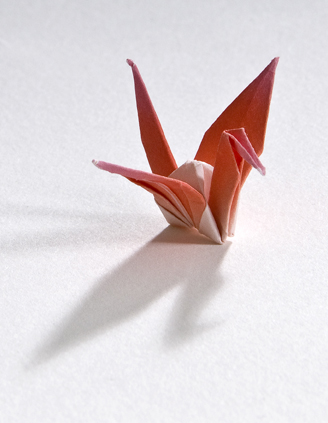After treatment for ALL, patients generally do well. However they are at risk for some chronic health problems which HCPs should be aware of. Below are some examples of appropriate screening for long-term survivors of this disease:
| Investigation |
Important aspects to assess: |
| History |
After cranial RT, check for:
|
After spinal RT, also check for:
|
After testicular RT, check for:
|
After chemotherapy, check for:
|
| Examination |
Always Check:
|
After spinal RT also check:
|
After testicular RT:
- Examine testes for abnormal masses
|
| Neurocognitive testing |
- If cranial RT was given at a young age, the patient may suffer from a learning disability. It may be important to document problems with higher mental function in order to obtain vocational or recreational rehab or to be eligible for a disability pension
|
| Blood work |
- Routine blood work (including CBC, lytes, creatinine, BUN and LFTs)
- Screen for hepatitis in patients treated in North America prior to 1992 with blood transfusion
- Hypothyroidism quite common after cranial RT. Thyroid function tests (at least free T4 and TSH) should be checked every year
- After low dose cranial RT, significant pituitary dysfunction is rare. However, sometimes hypopituitarism can occur if patient was very young at the time of therapy and was given 24 Gy. If this is suspected, assessment of pituitary function should be supervised by an endocrinologist (e.g. GH deficiency would be most likely, but other problems like ACTH deficiency may develop many years after therapy)
- Testosterone levels in patients previously given testicular RT (usually monitored by an endocrinologist)
- Random blood glucose if indicated
- Fasting blood lipids
|
| Radiology screening |
|
| Supportive care |
- Family counselling
- Psychology
- Psychiatry
|
| Other screening |
- After even low dose adriamycin, cardiac function should be monitored with an echocardiogram every 3 years or so
|
After RT there is an increased risk of secondary malignancy:
- After spinal RT patient should have early screening for colon cancer. COG recommends that colonoscopy should be performed beginning at age 35 years or 10 years following
RT (whichever occurs last)
|
|
|
| Advice |
Lifestyle:
- Advise about diet, exercise and lifestyle choices (such as smoking) which may further increase the risk of vascular disease.
- Diet should contain adequate number of dairy servings, Vitamin D and calcium to help prevent osteoporosis
- Previous spinal RT may be associated with spinal underdevelopment, scoliosis and increased risk of degenerative arthritis and osteoporosis - therefore survivors who had this therapy should avoid work which involves lifting heavy weights
- Patients who have had previous testicular RT should use self examination of the testicles on a regular basis to exclude secondary neoplasms.
|
Patient Information
COG Survivorship Guidelines |
|
After bone marrow transplant, there are many long term health problems that require follow up. Please follow this link:

